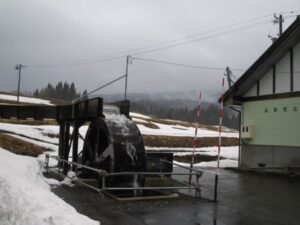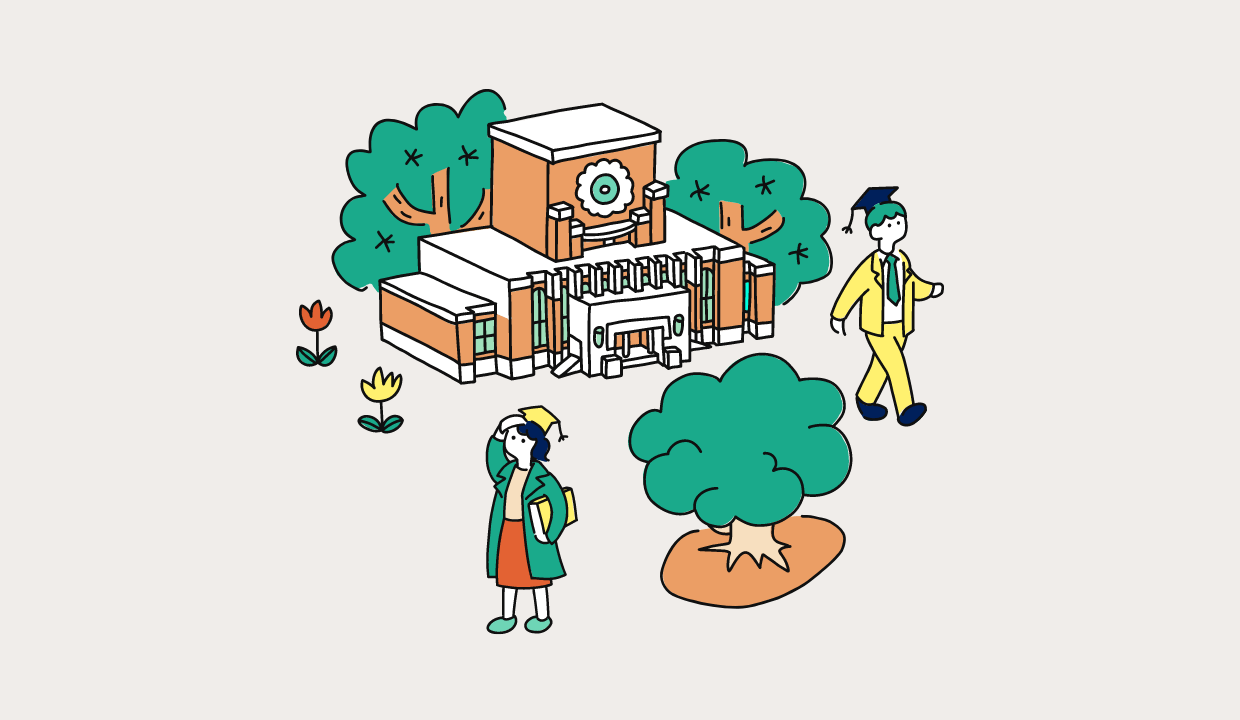Chinju no mori and community economies
Japan is dotted with numerous (Shinto) shrines and (Buddhist) temples, thought to number some 80,000 nationwide. When you consider that Japan has “only” about 60,000 convenience stores, this is an impressive figure. Interestingly, local communities’ interest in these sites is now on the rise. Chinju no mori (groves of village shrines), which had attracted scant attention during Japan’s era of high growth, are now being seen with new eyes as precious social resources for local communities. Examples now abound of their use for social-welfare activities, such as raising children and caring for the elderly, and for other beneficial activities, such as learning about the environment.
This project re-evaluates chinju no mori from a modern viewpoint, viewing them as local meeting places that unite communities with worship of nature. We put this new perspective to practical application in sub-projects such as the Chinju no Mori Natural Energy Community Project, which links chinju no mori with distributed facilities for natural energy, an emerging issue; and Chinju no Mori Therapy, a process of care through communing with nature.

Small-scale hydroelectric power generation






